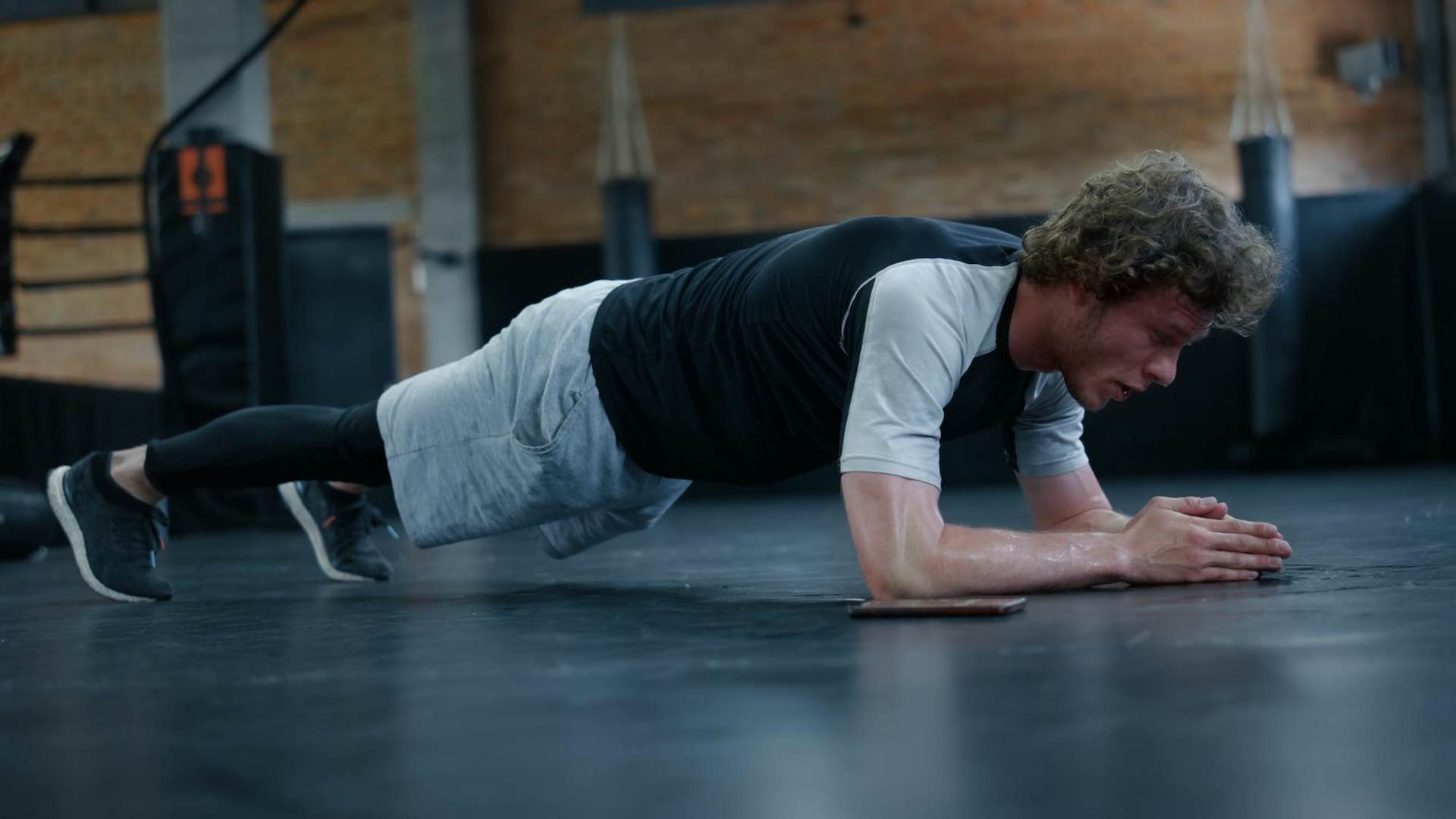The world of fitness and exercise is inundated with trends and fads, yet few can stand the test of time and scientific scrutiny as well as the simple plank. At its essence, the plank is a static exercise, challenging not only your core muscles but also your willpower. While it seems elementary in design, the layers of benefits one can extract from it are profound. Although conventionally perceived as a core exercise, the plank activates a multitude of muscles throughout the body.

A study in the Journal of Physical Therapy Science from 2014 reveals the expansive muscle engagement during a plank. While core muscles, including the rectus abdominis and external obliques, are primary beneficiaries, secondary muscles such as the deltoids, biceps, quads, and even muscles in your feet are called to action. This comprehensive muscle activation paves the way for improved postural stability, enhanced muscle tone, and increased functional strength.
Why Good Form is Non-Negotiable
The effectiveness of the plank is deeply intertwined with the technique employed. Suboptimal form can not only reduce its efficacy but also elevate the risk of injury. Physical therapy experts from institutions like the University of Las Vegas have underscored the importance of posture during the plank:
Elbow Alignment
Elbow Alignment is a crucial aspect of performing a successful plank. Next in importance is the alignment of the neck and spine. It’s essential to maintain a neutral spine and ensure that the neck is aligned properly. While planking, one should avoid arching the back or letting the hips sag, as this can lead to potential strain and injury. As for focus, it’s recommended to keep your gaze approximately a foot ahead of you. This approach aids in preventing any unnecessary strain on the neck. Lastly, when considering the duration of your plank, always prioritize quality over quantity. It’s more beneficial to hold a proper form for a shorter time than to maintain a longer plank with poor posture.
In an age of social media challenges, many people are lured into holding planks for extended periods. However, is there any merit in holding a plank for several minutes? An enlightening article in The Sports Journal from 2019 provides clarity on this debate. The crux is clear: a short-duration plank with impeccable form trumps a long, poorly-executed one. Quality always takes precedence over sheer duration.

The Spectrum of Plank Variations
The traditional forearm plank is but a singular variant in a vast array of plank exercises. Exploring these can offer targeted benefits. Side planks focus on the obliques and enhance lateral stability, while Spiderman planks, which involve drawing the knee to the elbow, amplify core engagement and test coordination. On the other hand, reverse planks activate the posterior chain, benefiting the erector spinae and glutes. The variation of a plank with a leg lift strengthens the glutes and lower back, adding an extra layer of challenge to the core’s stabilization. Integrating these diverse plank modifications not only enriches the core workout but also introduces variety, warding off monotony.
The Holistic Benefits of Planking
Beyond physical strength, planking nurtures mental resilience. The stillness of the pose juxtaposed with the internal tumult of muscles firing and fatiguing creates a setting ripe for mindfulness. Many practitioners find a meditative quality in planking, with its ability to sharpen focus and cultivate mental fortitude. The exercise becomes a confluence of mind and body, echoing the tenets of holistic well-being.
The Plank’s Timeless Appeal
In conclusion, the plank, with its elegant simplicity and multifaceted benefits, remains an enduring pillar in fitness. It serves as a poignant reminder that sometimes the most unassuming exercises can yield the most transformative results.
